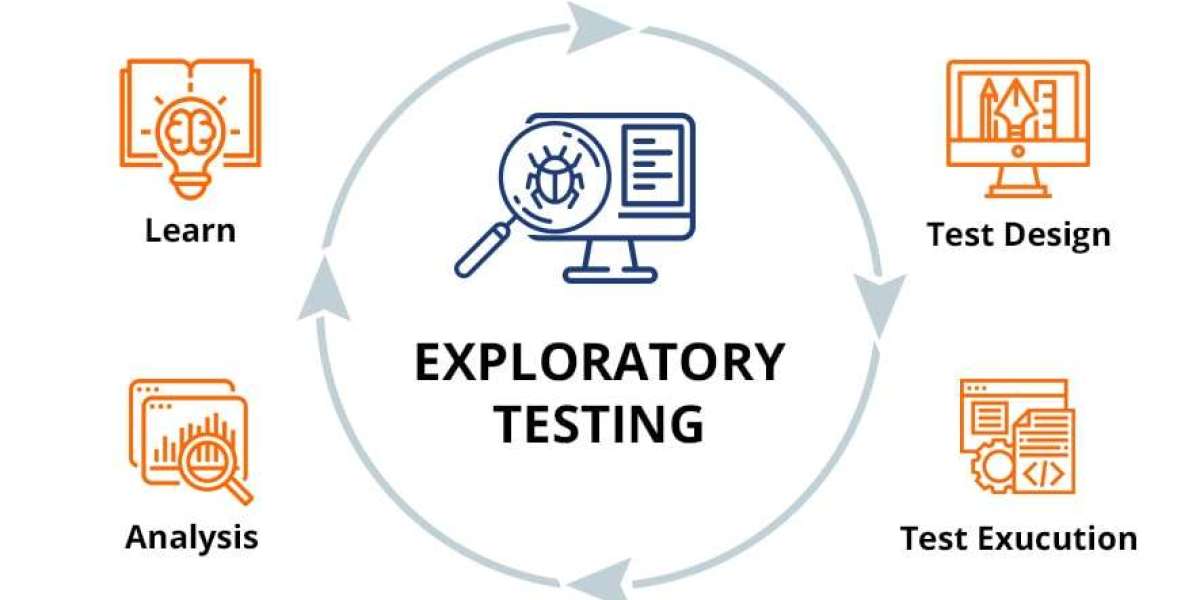In today’s hyper-digital age, mobile apps are redefining how we communicate, work, and engage with the world. If you have a compelling mobile app idea, bringing it to life may seem daunting at first. However, one of the most effective ways to validate and evolve your idea is by building a Minimum Viable Product (MVP) — a functional prototype that includes only the core features necessary to solve a problem or deliver value.
Whether you're building a social platform, a productivity tool, or the next contender among the Top Alternatives to Omegle, understanding how to develop an MVP is a critical first step toward long-term success. In this comprehensive guide from Pixel Genesys, a leading provider of mobile application development services, we’ll walk you through the process of building an MVP for your mobile app idea, why it matters, and how to choose the right technologies—like React Native—for cost-effective cross-platform development.
What is an MVP (Minimum Viable Product)?
An MVP is the first usable version of your product that includes only the most essential features. The goal of an MVP is to:
Validate your business idea with real users
Get feedback quickly and affordably
Reduce development time and costs
Attract early adopters or investors
Rather than spending months or years creating a fully polished product that might flop, an MVP allows you to test your concept in the market with minimal risk.
Why Building an MVP is Crucial for App Success
Let’s break down why startups and even enterprise businesses prefer to start with an MVP:
1. Market Validation
MVPs allow you to test your concept with real users and see if there is genuine interest. There’s no better way to validate your idea than by letting potential users engage with a live, albeit simplified, version of your app.
2. Early Feedback Loop
An MVP helps you gather feedback early in the process. This way, you’re building something your users actually want, not just what you assume they want.
3. Faster Time to Market
You can launch your MVP quickly, often within weeks, instead of waiting months or years. The faster you release your product, the sooner you can start learning and iterating.
4. Cost-Efficiency
By focusing only on the essential features, you drastically reduce development costs. This is ideal for startups working with limited budgets.
5. Attract Investors
A working MVP is far more persuasive than a slide deck. It shows that you are serious, have validated your idea, and are ready to scale.
Step-by-Step Guide to Building a Mobile App MVP
Let’s dive into the exact steps you should follow to create your mobile app’s MVP.
Step 1: Identify the Problem
Every successful app solves a real problem. Begin by clearly defining the problem you are addressing. Conduct market research to understand the target audience’s pain points.
For example, say you want to create an app like Omegle but with better safety features. You’ll need to identify what Omegle lacks—such as content moderation, age restrictions, or identity verification—and build your MVP around solving those specific issues. These kinds of apps are often searched under "Top Alternatives to Omegle."
Step 2: Define Your Core Value Proposition
What makes your app different? What single core function will it provide better than any other solution on the market? Keep this value proposition at the center of all development decisions.
A good example: If you're building a mental wellness app, your core value could be “instant 24/7 anonymous chat with licensed therapists.” Don’t overload the MVP with mood tracking, meditation playlists, and nutrition plans. Stick to the core feature.
Step 3: List and Prioritize Features
Create a list of all possible features your app might include. Then prioritize them using this framework:
Must-Have – Essential for MVP
Should-Have – Useful but not urgent
Could-Have – Nice to include later
Won’t-Have – Out of scope for now
For a social networking MVP, “user registration,” “messaging,” and “profile creation” might be must-haves, while “stickers” or “dark mode” could wait for future versions.
Step 4: Choose the Right Tech Stack
Choosing the right technology stack can make or break your MVP. At Pixel Genesys, we often recommend React Native for MVP development, and here are several reasons to choose React Native:
Cross-Platform: Develop both iOS and Android apps with a single codebase.
Faster Development: Leverage reusable components and open-source libraries.
Community Support: A strong developer community ensures robust tools and resources.
Cost-Effective: One team can manage the entire app, reducing costs and speeding up delivery.
React Native is an especially powerful choice for MVPs because it allows you to focus on validating your idea rather than wrestling with native code for multiple platforms.
Step 5: Design the User Flow and Wireframes
Before jumping into development, map out the user journey:
How does a user sign up?
How do they access the main feature?
What does onboarding look like?
From there, create wireframes—basic visual layouts for each screen. Tools like Figma, Adobe XD, or Sketch can help you plan the look and feel of your MVP.
Step 6: Develop the MVP
Now it’s time to develop your MVP. If you’re not a developer, consider partnering with a mobile app agency like Pixel Genesys, which specializes in full-cycle mobile application development services.
Development should be lean, agile, and focused solely on the core features. At this stage, it's more important to get a functioning product in users' hands than to obsess over pixel-perfect design.
Step 7: Test the MVP Internally
Before releasing the MVP to the public, perform internal testing (alpha testing) to ensure:
No major bugs exist
The user experience is logical and intuitive
The app functions well on various devices and screen sizes
Use platforms like TestFlight (for iOS) and Google Play Console (for Android) to test beta versions of your app.
Step 8: Launch and Gather Feedback
Launch your MVP to a targeted group of users—beta testers, early adopters, or a focus group. Collect feedback through in-app surveys, feedback forms, and analytics.
Ask users:
What did they like?
What was confusing or missing?
Would they recommend the app?
This information is priceless and will guide the next phases of your app development.
Step 9: Iterate Based on Feedback
Don’t treat your MVP as the final product. Treat it as a learning tool. Use the feedback you’ve collected to:
Improve the user experience
Fix bugs or crashes
Add high-priority features
With each iteration, your app becomes more refined and more aligned with what users actually want.
Common MVP Mistakes to Avoid
1. Overbuilding
Trying to cram every feature into the MVP will defeat the purpose. Keep it simple and focused.
2. Ignoring User Feedback
The entire purpose of the MVP is to learn from users. If you’re not listening, you’re wasting valuable insight.
3. Choosing the Wrong Development Partner
Working with experienced providers like Pixel Genesys, who offer mobile application development services rooted in lean methodology, ensures faster time to market and higher app quality.
4. Neglecting Scalability
While MVPs are simple, they should be built on a foundation that can scale later.
Real-World MVP Examples
Airbnb
Started with a simple site that let hosts list their space. No mobile app, no booking engine, just a photo and contact form.
Initially launched as "Burbn" with only photo sharing and filters. Other features like stories, messaging, and reels came later.
Omegle Alternatives
Some of today’s Top Alternatives to Omegle began as MVPs offering just anonymous text chat. Features like video chat, identity verification, and content moderation were added over time.
Final Thoughts: Build Smart, Build Lean
Building an MVP isn’t just a tech task—it’s a strategic business decision. It’s the bridge between your app idea and a validated, market-ready product. With the right approach, tools, and mindset, you can turn even a simple concept into the next big thing.
At Pixel Genesys, we specialize in mobile application development services that empower startups and entrepreneurs to bring their ideas to life—smartly, swiftly, and affordably. Whether you're creating a new social network to rival the Top Alternatives to Omegle, or launching a cross-platform productivity tool, our team can help you build an MVP using modern technologies like React Native.
Ready to validate your app idea and build something users love?
Get in touch with Pixel Genesys today.
Keywords Recap (SEO-Optimized)
mobile application development services
Top Alternatives to Omegle
Reasons to Choose React Native
Let me know if you’d like a carousel version for social media or SEO-optimized meta title/description for this blog.



